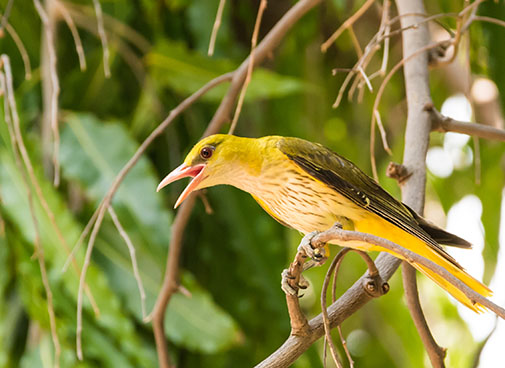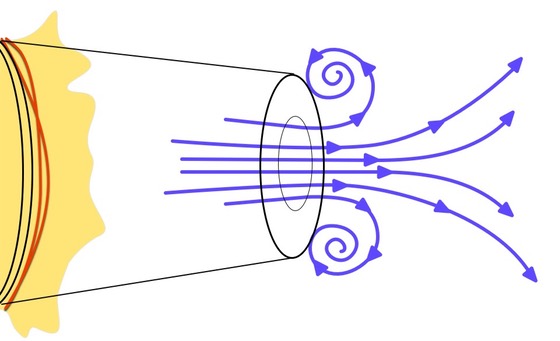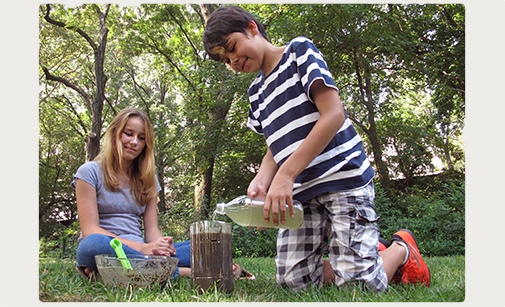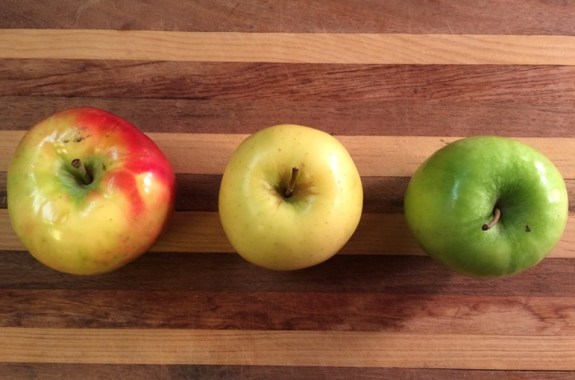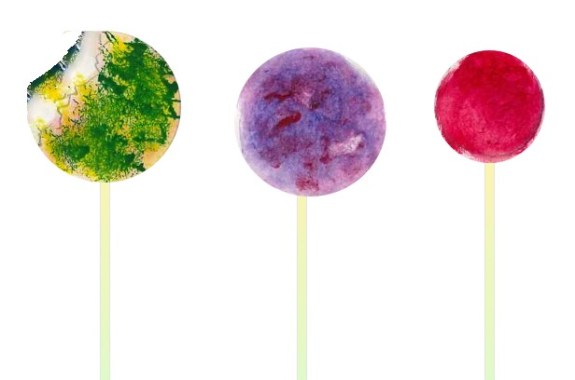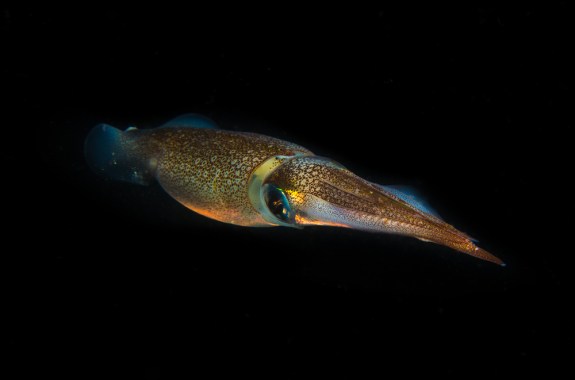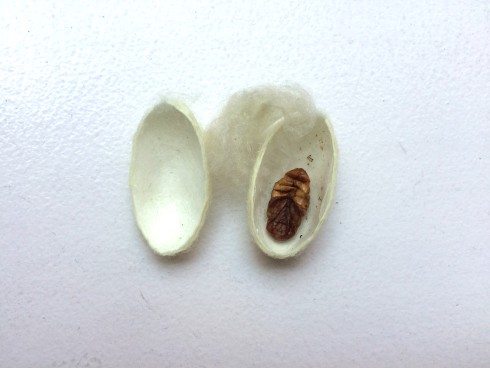Burping Bioacoustics
Explore the field of bioacoustics by recording and analyzing the sound waves of human burps.
Design a Better Vortex Cannon
Build an air vortex cannon that shoots air across the room, then modify and test your design to make an air cannon that shoots even farther.
Make A Mathy Valentine
Spice up your valentines this year by using a little geometry to create consistent hearts and captivating patterns.
Make A Home For Microbes To Understand Their Behavior
Build a home for microbes as you create a Winogradsky column, a simple ecosystem for bacteria and other microorganisms.
The Tragic Mystery Of The Mushy Apple
In this experiment, you’ll explore the influence of apple cell structure on the crunchiness and juiciness of an apple by measuring apple tissue tensile strength.
Write Your Name In Binary Code
Want to write like a computer? Here’s your chance to get started.
How Many Licks? Controlling Lollipop Licker Variation
How many licks does it take to get to the center of a Tootsie Pop? Navigate the perils of licker variation by designing your own lollipop-licking experiment.
Jet Propulsion Locomotion Of Squid And Octopus
Can you engineer a jet propulsion system that mimics the speed of a squid?
Dissect a Silkworm Cocoon
Learn about the insect origins of silk by dissecting a cocoon and “degumming” it to reveal the protein that scientists use for constructing new materials.
Spot the Sunspots
Use binoculars or a telescope to identify and track sunspots. You’ll need a bright sunny day for this DIY Sun Science Activity from Lawrence Hall of Science.
